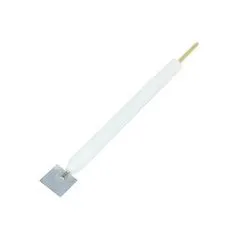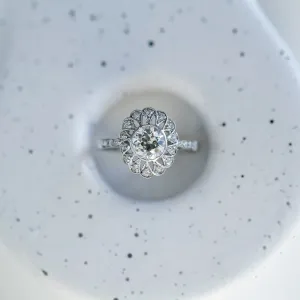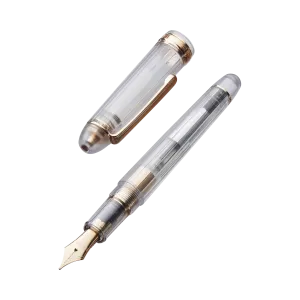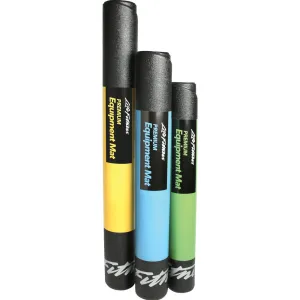High quality platinum plate electrode
Use as an auxiliary/counter electrode and anode or cathode in electrochemistry
| |
Platinum plate electrodes can usually be used as auxiliary/counter electrodes for various electrochemical measurements as the three-electrode system for cyclic voltammetry and linear sweep voltammetry studies. They can also be used as an anode or cathode.
Platinum is naturally one the least reactive metals and have remarkable resistance to corrosion, therefore platinum is normally the first choice for both the working and counter electrodes. Unlike a platinum wire , the platinum plate electrode can increase its surface area for electrochemical studies that require a larger surface area to match and support the current generated on the working electrode in any chemical reactions.
Due to platinum plate electrode’s resistance to oxidation, it is an excellent choice for anode in several electrochemical processes, such as the electrolysis of an acetate salt to give ethane and carbon dioxide. Anodic oxidation of benzene on a platinum electrode in the presence of BF3·OEt2 gives flexible, highly conducting films of Poly(p-phenylene) (PPP). Platinum and platinum-based alloys are also used as one of the most active cathode materials for oxygen reduction reaction (ORR) both in acid and alkaline solutions.
Buy the platinum plate electrode together with , , and our for a complete package to start your electrochemical studies. as part of the .
Specifications
All dimensions are in millimetres.
| Plate Dimension | 10 x 10 x 0.1 mm |
Pricing and Options
| Product Name | Product Code | Price |
| Platinum Plate Working Electrode - 10 x 10 x 0.1 mm | C2013N1 | [[price gbp="320"]] |















